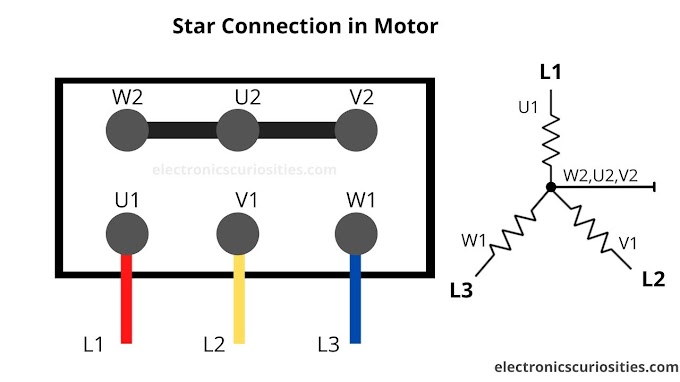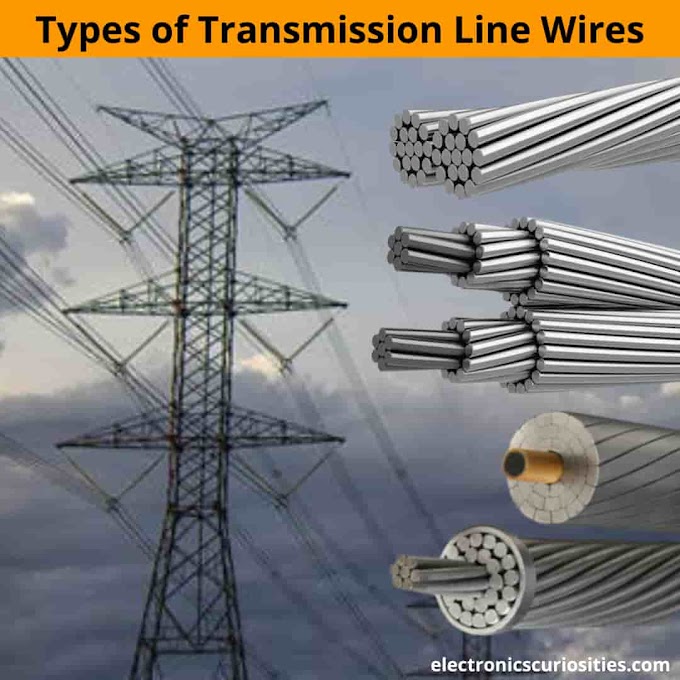Specification:
- Supply Voltage: +5 V
- Temperature vary :0-50 °C error of ± a pair of °C
- Humidity :20-90% RH ± five-hitter RH error
- Interfacing: Digital
Humidity detector is one in all the foremost vital devices that has been wide in shopper, industrial, biomedical, and environmental, etc.
Applications for activity and watching humidness, sensing measuring, watching, and dominant humidness may be a vital task. a number of the vital areas of application for sensing, activity, and dominant humidness area unit are mentioned below.
Uses of DHT11 Temperature and Humidness detector
Domestic: Sensing and dominant humidness in our homes and offices are very important as higher humidness conditions can affect the blood flow. alternative areas embody change of state, indoor plantation, etc.
Industrial: In industries like refineries, chemical, metal, or alternative industries wherever furnaces area unit used, high humidity can scale back the quantity of gas within the air and thus reduces the firing rate. alternative industries like food process, textile, paper, etc. additionally would like management of humidness.
Agriculture: Irrigation techniques like drip irrigation would like correct wet content for plants. Also, the wet within the soil plays a very important role in the correct growth of the plant. alternative areas wherever humidness management is needed is indoor vegetation.
Electronics: The majority of electronic devices area unit rated with a variety of humidness values within which they work of course. Generally, this price is one thing like 100 percent – five hundredth humidness. Semiconductor Fabs (Fabrication Plants) ought to maintain precise temperature and humidness values as even minute distinction will show a large impact within the production.
What is dth11 sensor?
The DHT11 is ultra low-cost digital temperature and humidity sensor. The sensor uses a capacitive humidity sensor and a thermistor to measure the surrounding air, and spits out a digital signal on the data pin.
How does dth11 sensor work?
DHT11 sensor calculates relative humidity by measuring the electrical resistance between two electrodes. The humidness sensing component of the DHT11 is a moisture holding substrate with the electrodes applied to the surface. The change in resistance between the two electrodes is proportional to the relative humidity.
How accurate is the DHT11 sensor?
The DHT11 humidity range is from 20 to 80% with 5% accuracy.
How many pins are in DHT11 sensor?
DHT11 Humidity Sensor consists of 3 or 4 pins: VCC, Data Out, Not Connected (NC) and GND.
Where is DHT11 sensor used?
Offices, cars, museums, greenhouses and industries use this sensor for measuring humidity values and as a safety measure. It's compact size and sampling rate made this sensor popular among hobbyists.
What is the limitation of DHT11 sensor?
It is simple to use but requires careful timing to detect data. The limitation of this sensor is you can only get new data from it once every 2 seconds.
The DTH11 sensor is Digital Humidity & Temperature Sensor Module is pre-calibrated with resistive sense technology coupled with NTC thermistor, for the precise reading of the relative Humidity and surrounding temperature DHT 11 board is a very popular and low-cost sensor.
The DHT11 sensor board is also equipped with high- performance 8-Bit microcontroller, which is connected to the DTH11 sensor module. The output of the DHT11 is in the form of a digital signal on a data pin. The sensing update frequency is to be measured at every 2sec.
The sensor is simple to use, but requires careful timing to grab data. The only real downside of this sensor is you can only get new data from it once every 2 seconds, so in your code please use sensor reading interval at 2 seconds or more.
Compared to the DHT22, this DHT11 sensor is less precise, less accurate and works in a smaller range of temperature/humidity.
Despite its disadvantages over DHT22, it is a smaller and less expensive sensor for temperature and humidity measurement.
Features :
Low power consumption.
The module can detect the surrounding environment of the humidity and temperature.
High reliability and excellent long-term stability.
The output from the digital output.
Thank You!
Happy Learning!
Have a Great Day!





